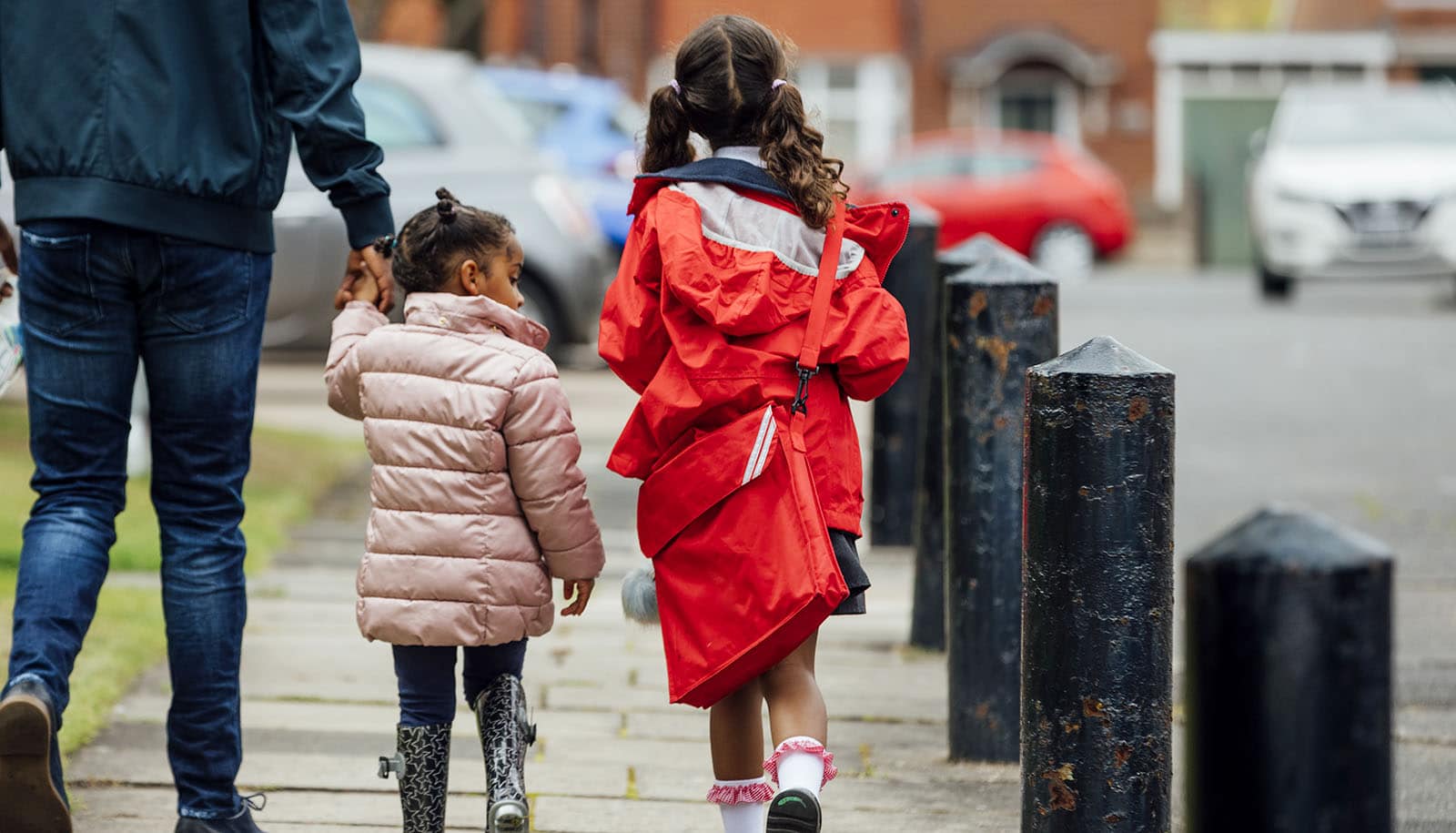Hundreds of counties in the United States, about 7% of the country, are play deserts, research finds.
These play deserts are areas where parks and other spots to run around and play are nonexistent, hard to access, or in less safe locations that make parents second-guess taking their children to play there.
Many of the counties lacking access to play areas were clustered in the Southeast and Southwest. Additionally, pockets of play deserts were most common in rural and suburban areas throughout the country. But in the South, even urban areas lacked adequate play space.
“Parents often consider a park the first place to go for their children to get some exercise and to play,” says Jue Yang, lead author of the study and a doctoral geography student at the University of Georgia. “But even if you have the park near where you live, if the environment is not safe or it’s difficult to access, then people will not use it,” says Lan Mu, corresponding author of the study and a professor of geography.
The researchers analyzed five broad measures of access to play areas: accessibility, availability, accommodation, affordability, and acceptability. In the study, these measures, often referred to as the 5 A’s of access, comprise multiple variables.
The researchers determined the availability of areas where children can be physically active by comparing the number of parks, school, and business recreation locations in given areas to the number of children those locations serve. They assessed accessibility by determining walkability of the neighborhood, how busy the roads in the area were, and how close the nearest recreation location was to families.
For accommodation, the authors focused on whether the physical environment of the playgrounds and parks meets the needs of children and families, such as the amount of green space and air quality. The researchers determined affordability of the play spaces by examining average socioeconomic status, annual income, and poverty levels.
Finally, the researchers explored crime rates and vacant lots near parks to determine acceptability.
The researchers used geographic information system and self-organizing mapping, a machine learning technique, to visualize and determine how the US fares separately in each of the five categories and overall. Their hope is that lawmakers can use this information to determine how to address the specific needs in their communities.
For example, the study found that the Southwest is lacking not only in access to play areas but also in whether parents find those areas acceptable and accommodating.
“In those areas, the quality of the park should be the priority for the policymaker to think about,” Yang says. “In some areas, it’s really hot, for instance, so community leaders need to make accommodations for that. They could build water features into the parks and create shaded areas where children can play but not be in direct sun.”
In the Southeast, the biggest issues were affordability, accessibility, and availability. That means building more parks and open spaces where parents can bring their children to play for free or reduced costs, the researchers say.
The researchers plan to make the interactive maps available online in the future to help local, county-level leaders determine how to create more play oases in their communities.
A paper on the findings appears in the International Journal of Geo-Information.
Source: University of Georgia



